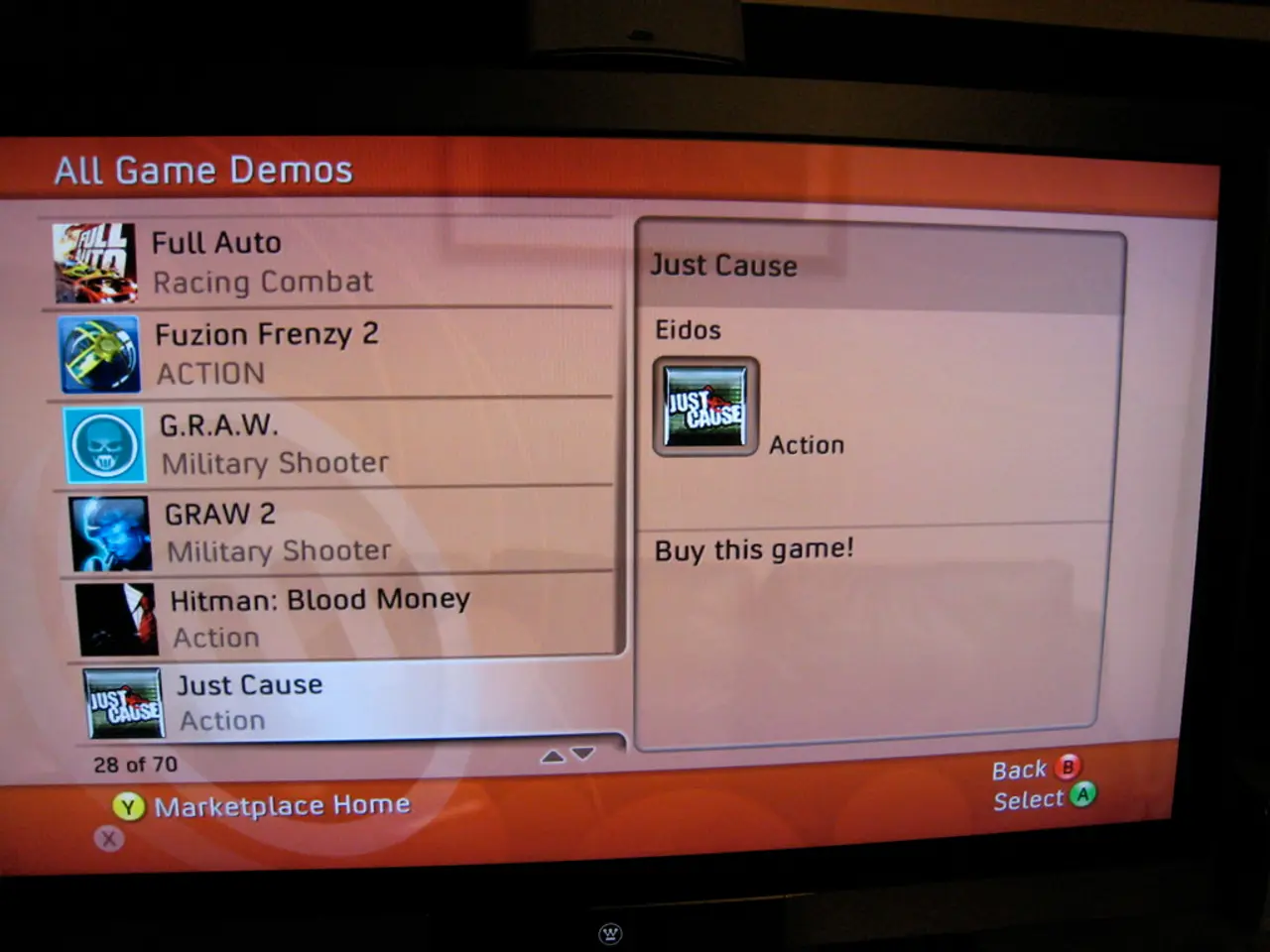Time Frame for Developing a Practical Real Estate Application
In the ever-evolving digital landscape, real estate apps have become an integral part of the property market. From Zillow to Airbnb, these apps have revolutionised the way we buy, sell, and rent properties. But have you ever wondered about the process and the time it takes to develop such a feature-rich app?
Here's a breakdown of the key factors, timelines, and tips to consider when developing a real estate app.
Planning and Market Research (1-2 weeks): Before diving into development, it's crucial to understand the purpose of the app and the needs of the target audience. This phase includes market research and planning to ensure the app fits user needs and stands out from the competition.
UI/UX Design (3-4 weeks): Creating an intuitive, clean, and user-friendly interface is essential for a successful real estate app. This phase involves designing the app's layout, colours, and overall user experience.
Development (3-4 months for a basic app, 6-9 months or more for a feature-rich app): The development phase is where the app comes to life. Building a basic real estate app can take up to 3-6 months, while a feature-rich app may demand 6 to 12 months or above. Key factors affecting the timeline include complexity and features, team size and expertise, platform target, testing, and iteration.
Backend Development (4-8 weeks): Handling user data, property listings, and app functionality is crucial for a smooth user experience. Backend development can take 4-8 weeks.
Integration with Third-Party Services (2-3 weeks): APIs and third-party services such as Google Maps, payment gateways (Stripe, Razorpay), chats, and push notifications can be integrated into a real estate app within 2-3 weeks.
Quality Assurance and Testing (2-4 weeks): Ensuring the app runs seamlessly on all devices and in every application scenario is crucial. Quality assurance and testing take 2-4 weeks to check for bugs, performance problems, usability, loading time, and data protection.
Launch and Deployment (1 week): Once the app is developed, tested, and ready, it's time for launch. The launch and deployment stage, which includes uploading the final, tested version to application stores like Google Play and Apple App Store, takes approximately 1 week.
Post-Launch Updates and Maintenance (10-20 hours per month): Publishing the app and ongoing updates, such as bug fixes, security patches, and feature enhancements, are essential phases that continue beyond the initial development timeline.
To speed up the development process, consider starting with a Minimum Viable Product, using ready-made APIs and tools, choosing a cross-platform framework (Flutter or React Native), bringing in a full-service development team with experience in real estate, and maintaining simple and regular communication.
In summary, the typical total development timeframes for a real estate app break down approximately as follows:
| App Type | Approximate Development Timeframe | |------------------------|-----------------------------------------| | Basic (MVP) | 3–4 months | | Feature-Rich | 6–9 months or more | | Complex Enterprise-Level| 6–12 months (with significant integrations) |
These estimates include design, development, testing, and deployment phases but not the ongoing maintenance and marketing efforts required post-launch. This timeline aligns with general web and mobile app development norms, emphasising that complexity and the addition of advanced technologies like AI and AR/VR significantly increase development time.
[1] Development Timeline for a Real Estate App: A Comprehensive Guide
[2] Building a Real Estate App: Tips, Tricks, and Best Practices
[3] The Rise of Real Estate Apps: A Look at the Future
[4] The Impact of AI and AR/VR on Real Estate App Development
- The planning and market research phase for a real estate app, essential for understanding the user needs and standing out in the competition, can take 1-2 weeks.
- To create an intuitive and user-friendly interface, the UI/UX design phase needs consideration for up to 4 weeks.
- Building a basic real estate app may take up to 3-6 months, while a feature-rich app can demand 6 to 12 months or more, due to the complexity and features, team size and expertise, platform target, testing, and iteration involved.
- Backend development, responsible for handling user data, property listings, and app functionality, takes 4-8 weeks.



